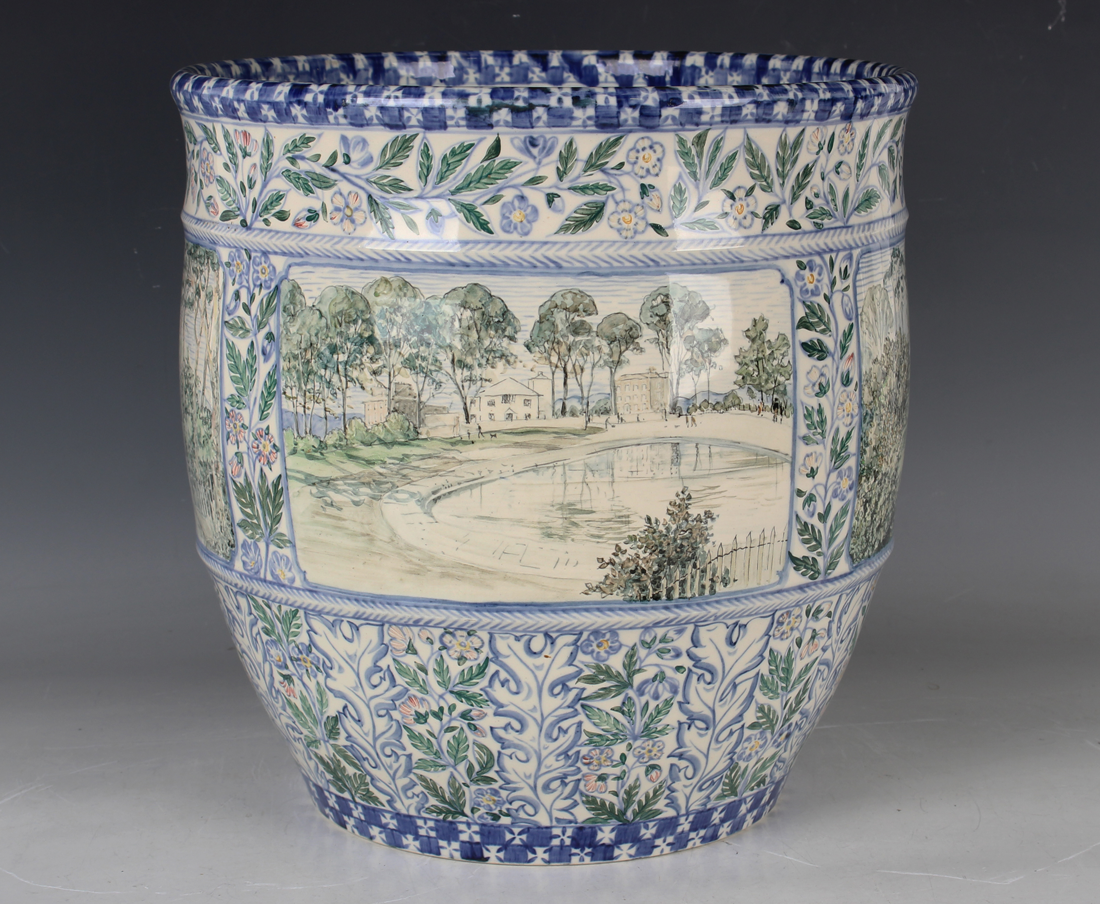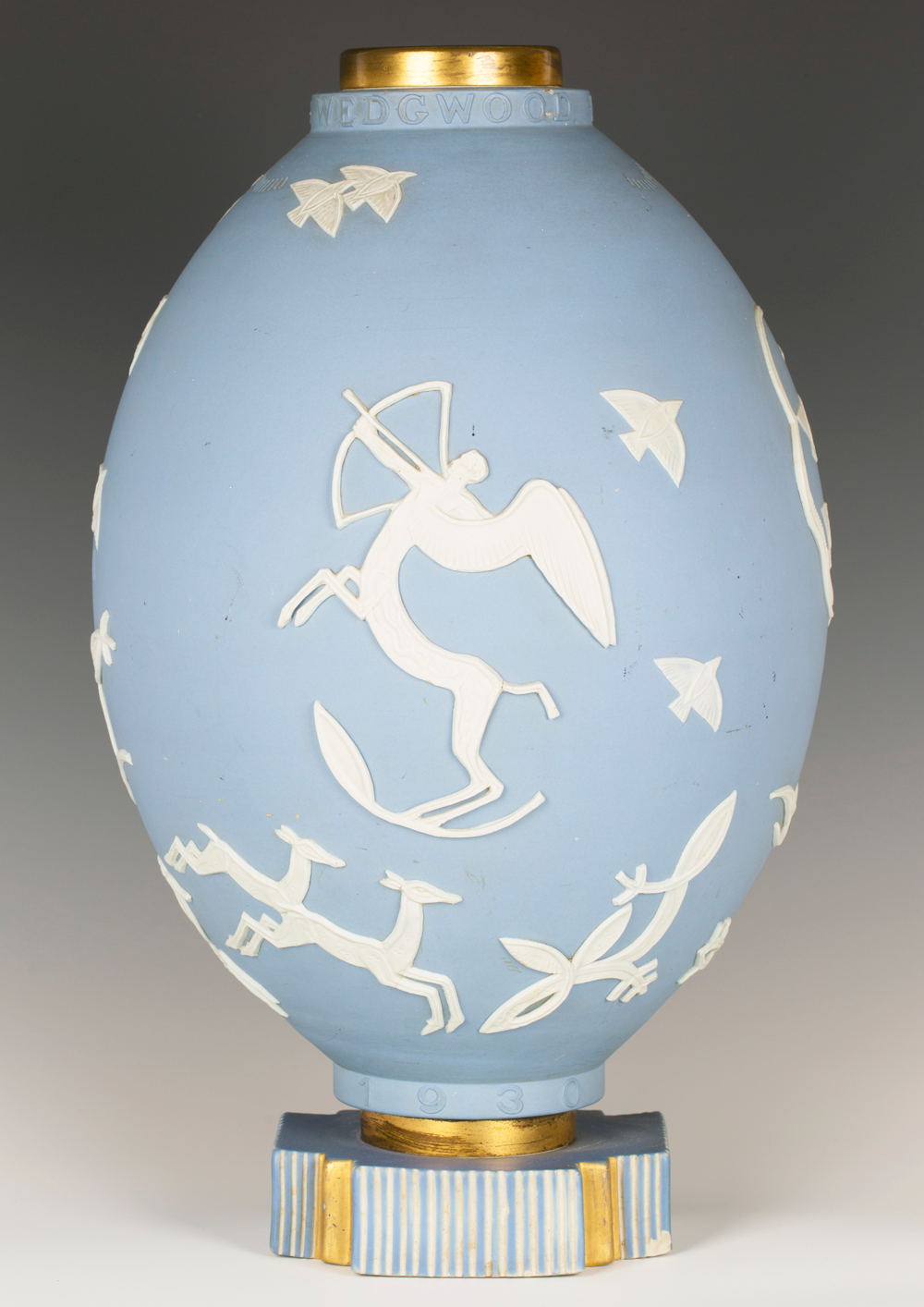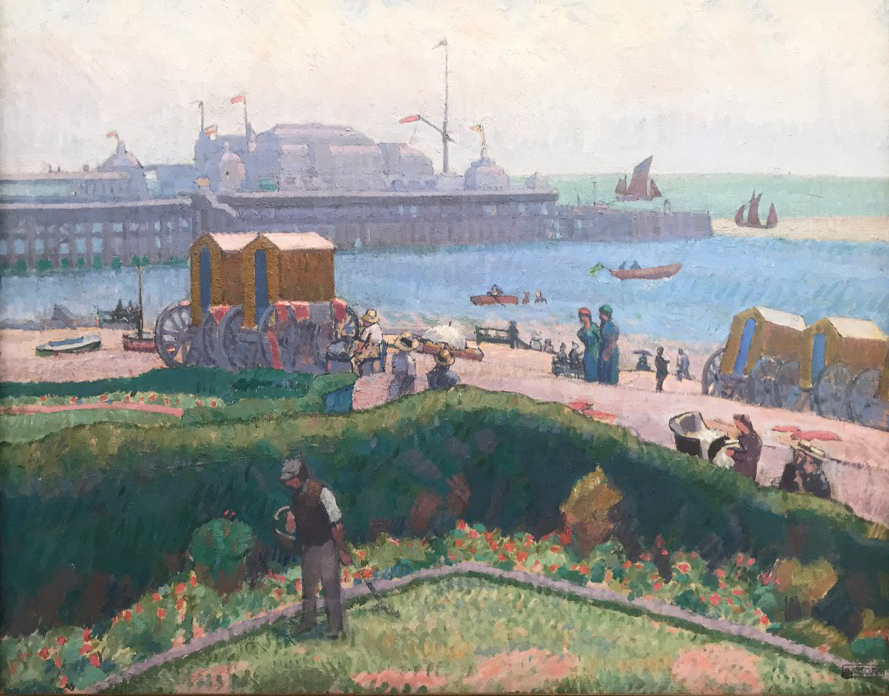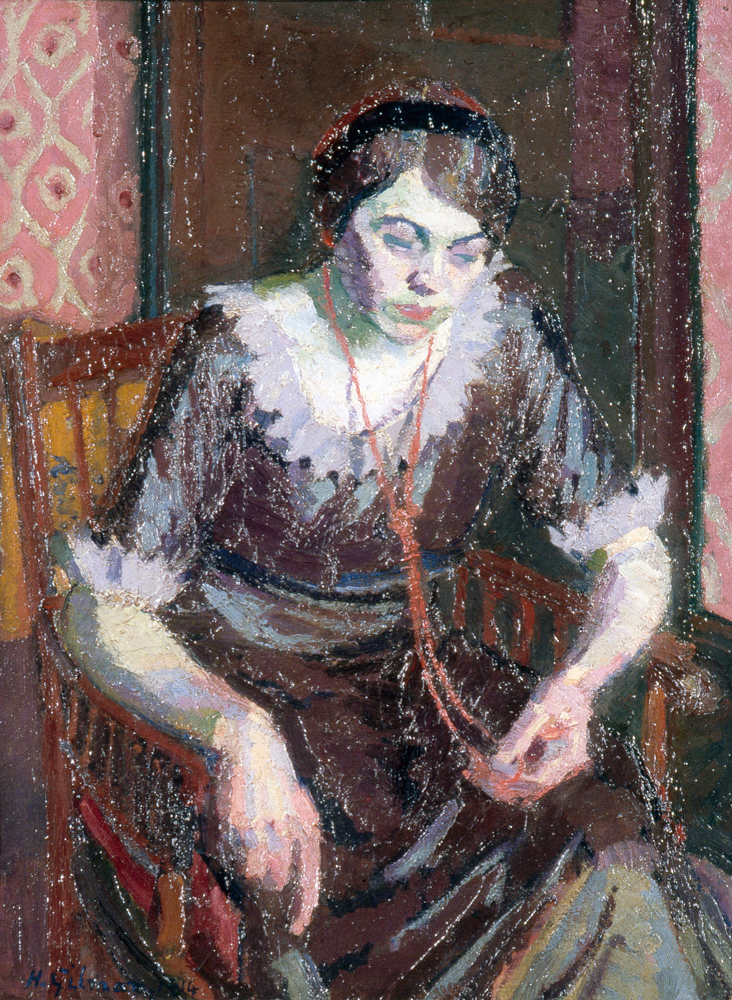“It is remarkable and hopeful that exploration is so often central to our human understanding”
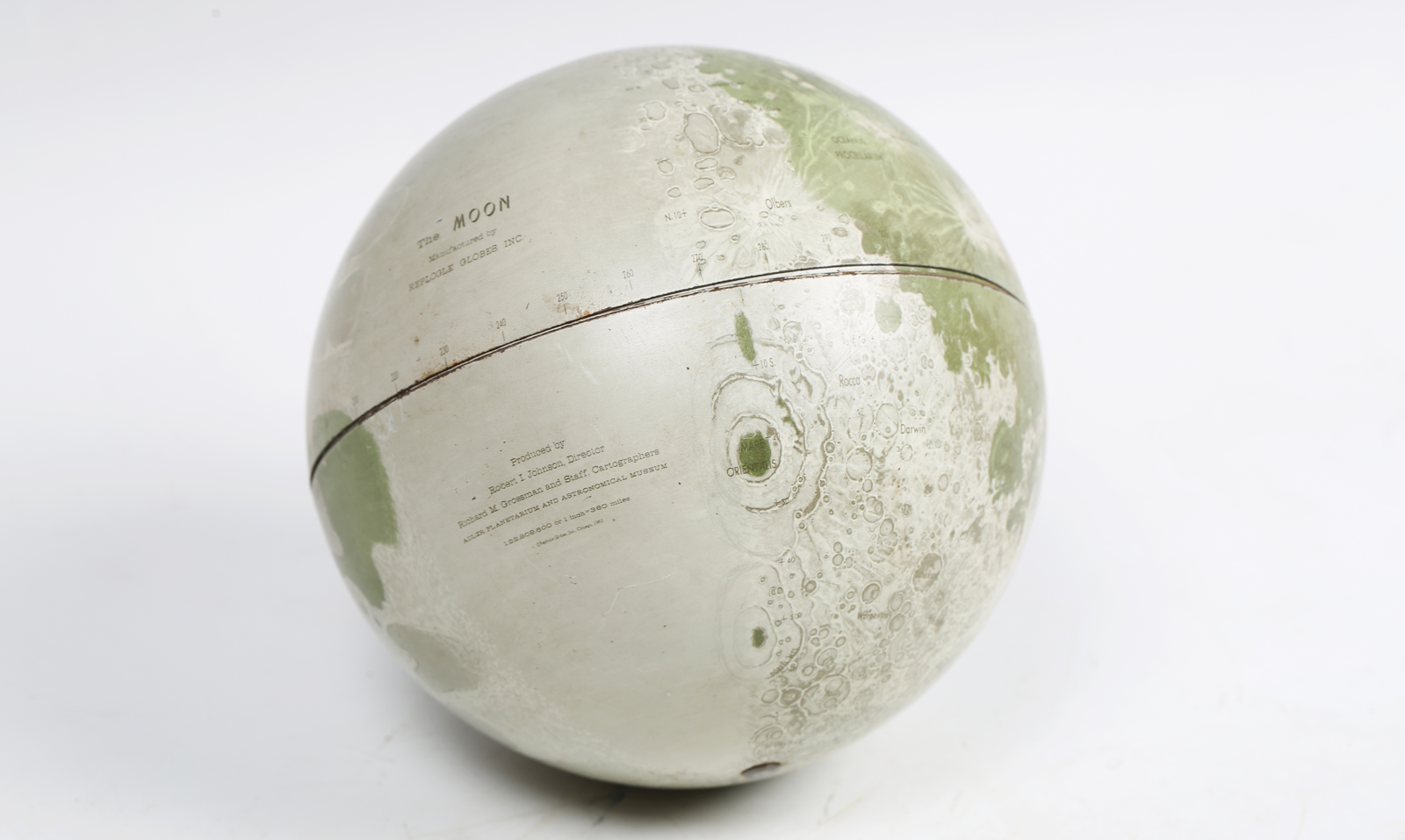
On the 20th July 1969 Neil Armstrong stepped from the lunar module onto the surface of the Moon and spoke those famous words “That’s one small step for man, one giant leap for mankind”. It had taken just eight years for the project to come to fulfilment after President John F Kennedy had announced America’s intention to land a man on the moon. The Apollo program began in 1963
The watch chosen by NASA and worn by the Apollo 11 astronauts Neil Armstrong and Buzz Aldrin throughout the mission was the Omega Speedmaster. The watch has been immortalised by this association and those examples which pre-date, or are of the time of the moon landings, command a great premium amongst collectors, like the example you see here which has just sold in a Toovey’s specialist watch sale for £11,000. The rare Omega Speedmaster chronograph steel cased gentleman’s bracelet wristwatch, Ref. 2998-61, dates from around 1962 and has the famous signed and jewelled 321 caliber movement.
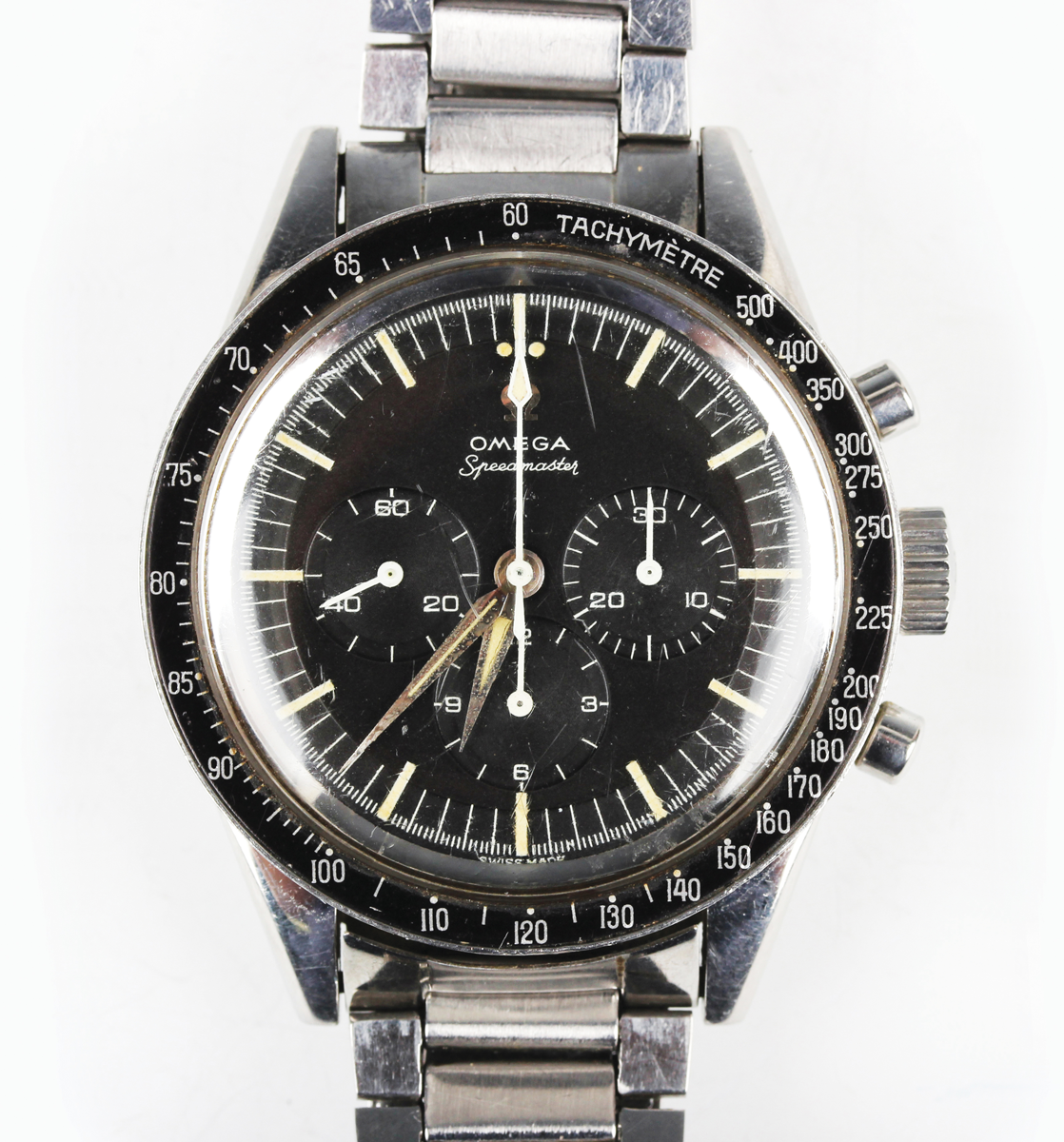
It is hard to imagine that humanity had no understanding of the dark of the side of the Moon. Because of the Moon’s orbit in relation to our own it was hidden from view here on Earth. In 1959 the Soviet Luna 3 spacecraft took a series of images and it was not until 1965 that the Soviet Zond 3 probe once again photographed the far side of the Moon.
The printed tin model of the Moon was manufactured by the American company Replogle Globes Inc and produced by its Director Robert I. Johnson. It dates from the early1960s like the Omega Speedmaster. The far side of the Moon is blank on this globe illustrating the gap in the West’s understanding.
There was a nobility of purpose in this lunar exploration which gave voice to that human desire to understand our world, the universe and our place in it – though there can be no doubt that the urgency and catalyst that drove it was the rivalry between two world superpowers.
It seems that we may be witnessing a new space race with China’s ambitions to voyage to our neighbouring planets matched by the renaissance of America’s desire to send humankind into space once again.
Objects which tangibly connect us to the procession of human history are always prized by antiquarians and successive generations of collectors.
It is remarkable and hopeful that exploration is so often central to our human understanding of our world and the universe we inhabit; something which the Apollo missions embody so eloquently.
